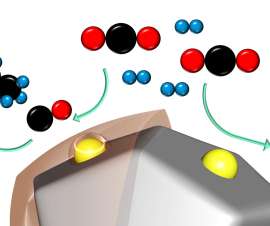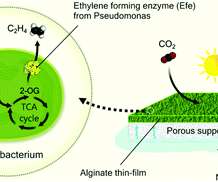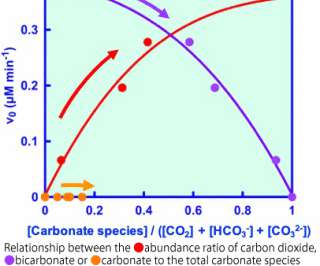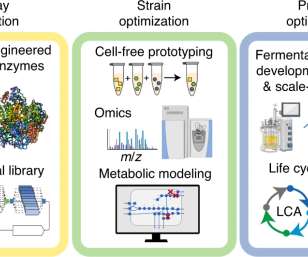Penn team proposes liquid-organic hydrogen carriers as endothermic fuels for hypersonic aircraft
Green Car Congress
JANUARY 3, 2022
A team at the University of Pennsylvania is proposing the use of a liquid-organic hydrogen carrier (LOHC)—specifically, 1,2,3,4 -tetrahydroquinoline (THQ)—for use as an endothermic fuel for thermal protection of hypersonic aircraft engines. 1 were obtained, with conversions greater than 80% at 600 °C. Gorte, John M.







































Let's personalize your content